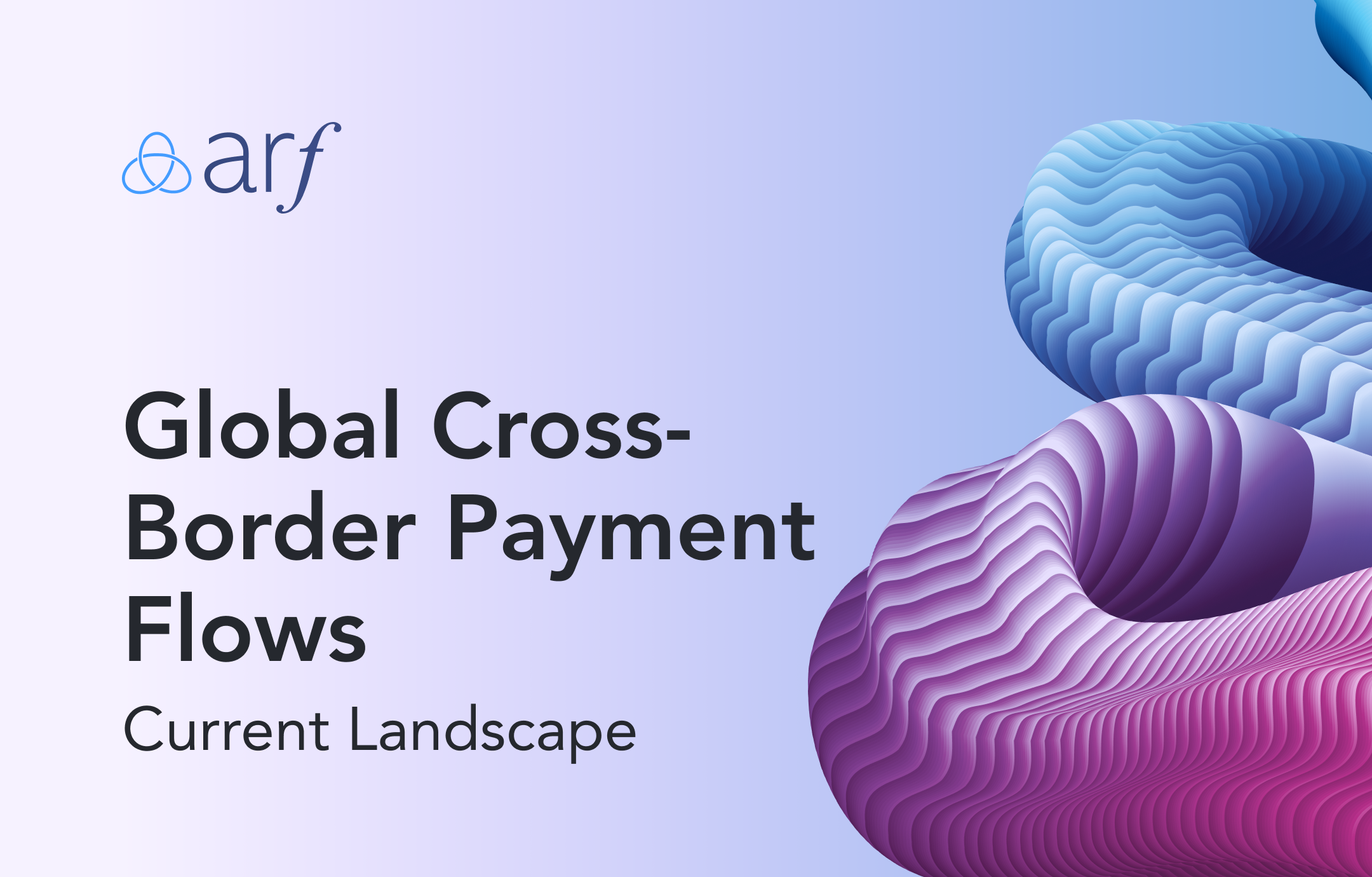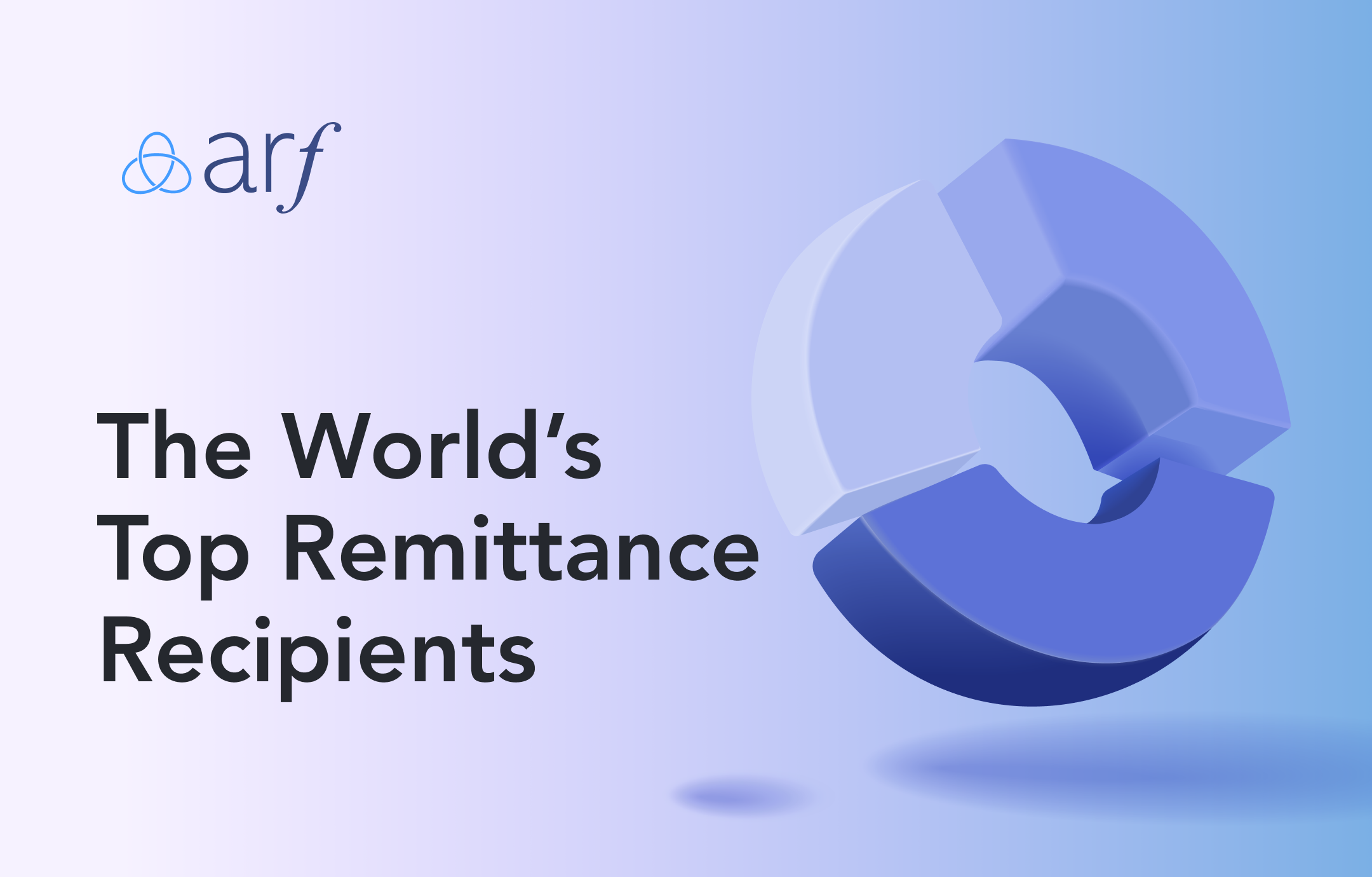A buzzword in the fintech space in recent years, neobanks are challengers of the traditional banking infrastructure, a digital-only option that offers direct banking to customers. Often dubbed the “disruptors” of the fintech world, neobanks eliminate the need for a network of branches as well as a whole workforce of customer representatives who essentially serve as middlemen between the bank and its customers.
Digital banks and neobanks may seem synonymous at a first glance, as both require the backing of established financial institutions to access local payment rails, correspondent banking services, interbank messaging systems like SWIFT, and offer safeguarding accounts. However, one key difference is that businesses looking to qualify as digital banks must have a proper banking charter, whereas neobanks are mostly regulated as e-money institutions.
The difficulty of acquiring banking charters—not just in one country, but across multiple jurisdictions—is precisely why neobanks rose to the scene as a seemingly viable alternative for those looking to bypass this arduous process.
Source: Nielsen (2019)
From Promising Beginnings to an Uncertain Future
The concept of neobanks—although they were not called such at the time—emerged in the early 2010s, in the wake of the 2008 global financial crisis and consumers’ significantly weakened trust in traditional banks. Over the past decade, neobanks have flourished all across the globe, with most sources stating that there are currently around 250 neobanks in the world.
Earlier this year, market and consumer data provider Statista estimated the global market size of neobanks to be almost US$47.4 billion in 2021, projected to grow to nearly US$67 billion in 2022. What’s more, forecasts indicate that neobanks will have an average annual growth rate of 53.4% from 2022 to 2030. Such jaw-dropping growth figures paint neobanks less as a “challenger” and more like “certain doom” for many of the long-established multinational banks. Indeed, looking at these statistics alone, one would be forgiven for believing that the neobanking revolution is well under way. But the reality is somewhat murkier.
According to a May 2022 report by consulting firm Simon-Kucher & Partners titled “The Future of Neobanking: How can Neobanks unlock profitable growth?”—which estimates the total number of neobanks around the world to be as many as 400—experts predict that “less than 5 percent of these challengers have reached breakeven.”
While the initial focus of neobanks may have been customer acquisition (often by spending on hype-building endeavors) the long-term sustainability of these system disruptors has recently come under scrutiny. And the emerging consensus is that profitability has been a key setback for both neobank investors and innovators.
There Are Various Factors Disrupting the Profitability of Neobanks
The crux of the issues surrounding neobanks’ profitability has been a lack of revenue streams with high profit margins. By their very nature, neobanks are unable to benefit from fractional credit as a source of revenue, as they cannot offer such a product without a proper banking charter. With that option gone, neobanks must rely solely on the interchange fee they receive from merchants for purchases made by consumers using their neobank-issued debit card—hence why these neobanks promote their cards so much.
To compete with the rising number of neobanks on the market (as we’ll detail below), these businesses started to give exorbitant cash-backs on each card transaction, which has slowly eaten away from their once-healthy interchange margin. As a result, most neobanks are left with zero high margin revenue streams—and that's what's killing the neobank business model at the moment.
There are simply too many neobanks. Some big ones like Revolut are trying to acquire a banking charter in many jurisdictions to offer proper banking products such as fractional credit, or new investment vehicles. But only truly big ones can pull that off. For the rest, there is a massive consolidation approaching—a true “merge or die” moment.
Shift in the neobank landscape
As mentioned above, keeping a share of the 3% interchange fee was a highly profitable a strategy that worked well for neobanks when there were just a few of them around, but with the rise of banking as a service (BaaS) providers, the long time and huge financial investment it took to open up a neobank were significantly cut down.
Whereas before BaaS it took the better part of a year as well as millions of dollars in funding to open up a neobank, suddenly there were neobanks popping up in record-breaking times like 6 to 8 weeks, and with financial backing that fell more in the $100,000-150,000 range. Soon the market became oversaturated with neobanks, and in a race to have users adopt their particular debit card, they began offering customers sweet deals such as an exorbitant amount of cash-back on their purchases.
These decisions shortly ate away at their once-healthy interchange profit margins, leaving neobanks scrambling to figure out a new way to make money, and fast—which brings us to our second point…
Too broad focus
As mentioned earlier, for many neobanks, the prospect of rapid growth has been a driving force behind operations since their inception, leading to decision-making with an eye towards acquiring new customers rather than a strategic timeframe for the business to reach its breakeven point. Once these neobanks found themselves in hot water, they were faced with two options: Either change their existing fee structure and services, or entice customers with new offerings.
Neobanks choosing to revise their fees and shake up their existing structures often face a dilemma—if they increase fees or introduce convoluted mechanisms, they run the risk of losing their existing customer base, some of whom sought neobanks as a viable solution to these very same problems they experienced at traditional banks.
So, some neobanks went the diversification route, expanding their products and services to offer loans as well as saving and investment instruments. But this approach also has its downsides—which brings us to another factor threatening the profitability of neobanks…
Lack of originality
With each neobank offering an array of products and services for a wide segment of customers, it becomes harder to differentiate among them. Now that traditional banks have also started laying out their digital offerings, neobanks—both as a whole and individually—must find something “new” to stand out in a sea of nearly identical products and services.
Inability to adopt emerging trends
Startup neobanks often fail to integrate new and profitable products into their business—or if they do, they usually identify and embrace these trends at a point that is too late. For instance, consider the case of cross-border payments, which are becoming the norm for many businesses as well as regular customers around the globe.
Yet for most neobanks, cross-border payments are simply not possible without proper banking charters, save for the few truly big market players looking to acquire the requisite papers to pull off cross-border payments. As for the rest, most of them still can’t go any further than providing users with simple bank accounts where they can only make transactions within a certain jurisdiction.
The Key to Sustainable Growth
Despite the setbacks facing the current iteration of neobanks, it is clear that these challengers to the status quo have a great deal of potential. Indeed, in many ways, they are already way ahead of the traditional players in the fintech industry—hence their popularity. Although it is not feasible to expect that all neobanks will become household names or even reach the breakeven point, with the right positioning, there are bound to be some standout players in the market who tackle problems that have yet to be solved by their competitors, such as cross-border payments.
With that in mind, there are a couple of things neobanks can do to improve their chances of “making it” in a competitive market:
Have a sharp, focused strategy.
Going forward, it will be critical for both newcomers and current players in the neobank space to identify the pain points of their customers and work out innovative solutions geared towards those problems. One smart approach would be to find a niche by focusing on smaller segments of the population, as several neobanks have already done—such as UK-based Starling’s Banking-as-a-Service model, or US-based Dailight’s focus on the LGBTQ+ community.
This razor-sharp focus would also enable neobanks to slow down enough to detect emerging market trends before expanding their product range accordingly.
Build solid partnerships and global networks.
For many of the neobanks currently available on the market today, the reality is that they will either be bought out or have to consolidate with other neobanks or financial institutions. And for the few neobanks that even have a chance at achieving long-term sustainability, going at it alone is simply not the right choice. By leveraging existing solutions and networks within the fintech ecosystem, neobanks can access financial products and services that aren’t currently available to them due to regulations.
Not only will these new high-profit revenue streams boost profitability, but such a strategy will also allow neobanks to use their resources more wisely—instead of attempting to develop all solutions in-house, they can instead focus on improving the range of solutions they provide, bolstering brand reputation, and boosting customer retention, all while managing to successfully differentiate themselves from their competitors.
With the right strategy and carefully considered partnerships, neobanks can become much more active within the industry instead of being players who stimulate global competition for the same products and services. They can create real-use cases and improve financial inclusion worldwide in a meaningful way, all while—you guessed it—increasing profitability.





